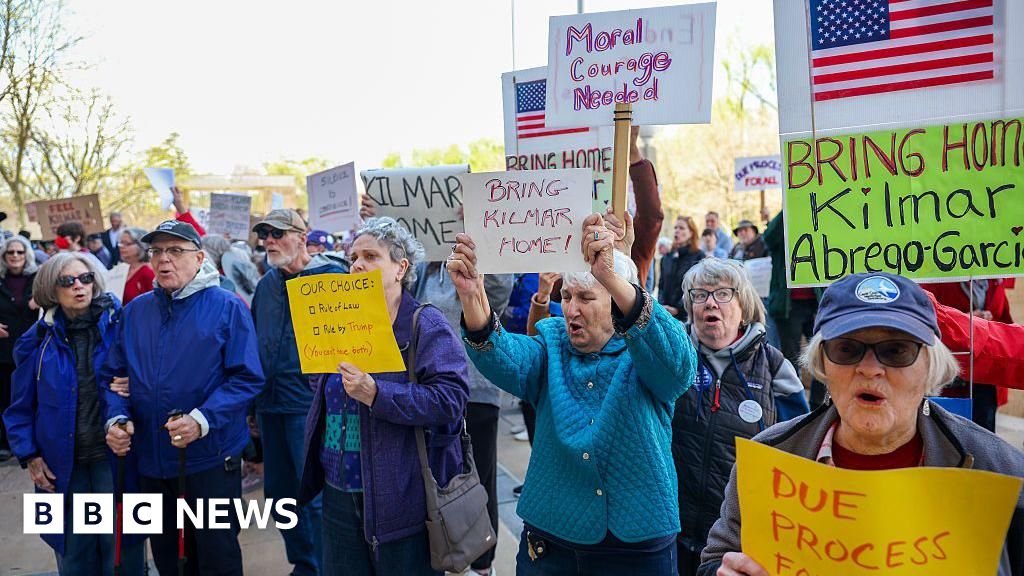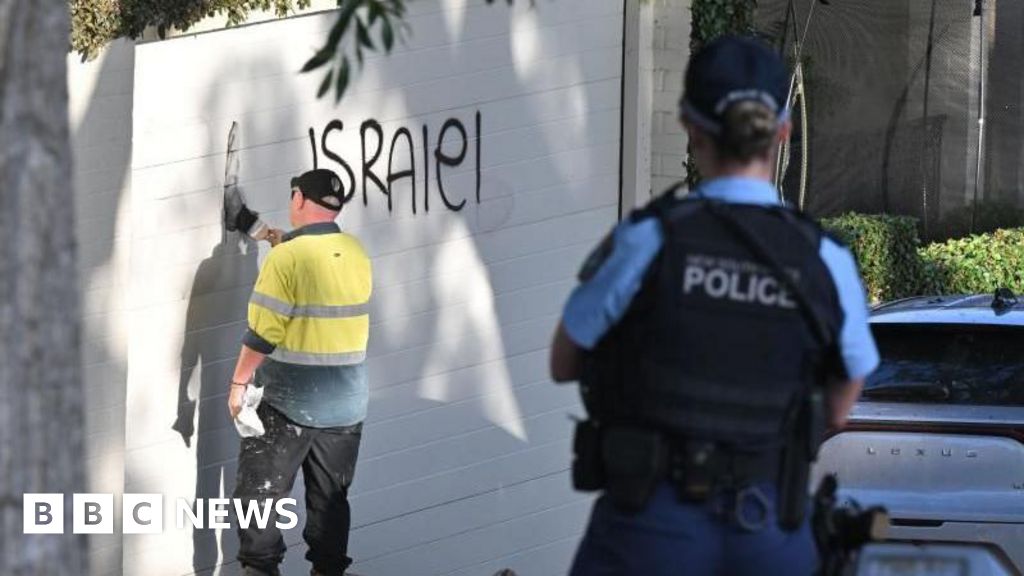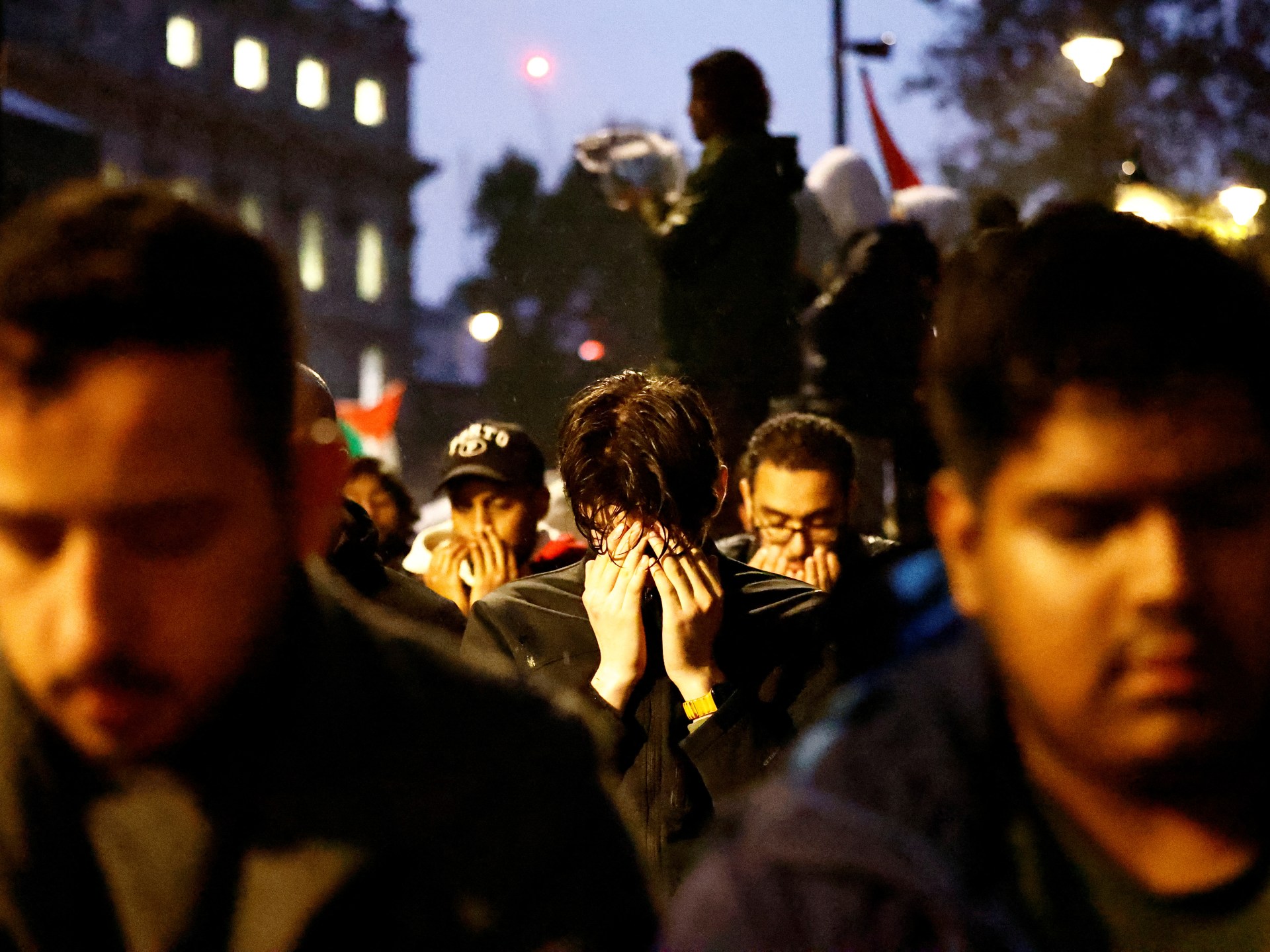Ukraine attacks Russia’s Kursk region, hopes F-16s boost counteroffensive | News
Ukraine continued its gradual rearguard action during the past week, ceding ground in feet and inches to preserve the lives of its soldiers while managing to prevent a Russian breakthrough anywhere along its front line.
Meanwhile, it began to receive its first F-16 fighter jets from Western allies, a new weapon that could help turn the balance of power in the skies, which is key to developments on the ground.
It also continued to build an estimated 15 new battalions it is counting on to one day mount a counteroffensive that will roll back Russian conquests.
The fighting was fiercest in central Donetsk, the eastern province that has seen many of the bloodiest battles of this war.
Ukrainian President Volodymyr Zelenskyy said Pokrovsk was the focus of Russian efforts on August 1.
“Pokrovsk, I would say for today, this is a priority for them … the largest number of personnel, the largest number of weapons and [glide bombs], everything they have, they are centring today in the Pokrovsky direction,” Zelenskyy was quoted as saying by Suspilne, Ukraine’s public broadcaster.
Pokrovsk lies 20km (12.4 miles) off the tip of a salient that Russian forces have created west of Avdiivka since seizing it in February.
In the intervening six months, they have advanced 26km (16 miles).
Russian forces completed their capture of Vesele at the tip of this salient on August 4.
The ultimate Russian goal, Zelenskyy said, was to seize Sloviansk, which together with Kramatorsk, forms the backbone of Ukraine’s defences in Donetsk.
But Russia has obfuscated the direction from which the main thrust for Sloviansk and Kramatorsk would come, prioritising different fronts at different times.
For example, Ukraine’s general staff said on Friday that Russian attacks were increasing in Toretsk, a front-line city 50km (30 miles) east of Pokrovsk. That intensity grew by Sunday when the general staff said Toretsk was absorbing 80 percent of Russian attacks.
The battle for Chasiv Yar
About 50km (30 miles) northeast of Pokrovsk, another fierce battle raged.
Russian forces began to advance through Chasiv Yar, a high ground Ukrainians have defended stoutly to delay another Russian offensive to break through to Sloviansk and Kramatorsk.
Geolocated footage on Friday showed that Russian forces had crossed the Siversky Donets-Donbas canal, a key defensive feature that had held them at bay for months.
By Monday Ukraine’s general staff said attacks were still being repulsed in Chasiv Yar, however, one Ukrainian formation was announcing its departure, an apparent admission that the city would not ultimately be held.
“Chasiv Yar is another Ukrainian city that actually ceased to exist after the so-called ‘liberation’ by the Russians,” wrote Ukraine’s Black Swan strike group from the 255th Assault Battalion online. “Our battalion defended it for four months, steadfastly holding the positions assigned to us. Now it’s time to rest and prepare for new tasks,” it posted.

Video taken by the battalion showed an utterly deserted and gutted city, with occasional artillery explosions on August 5 continuing to blow apart the abandoned concrete skeletons of buildings.
Asked by the Philadelphia Inquirer in late June whether Ukraine would manage to hold Chasiv Yar, the chief of Ukrainian intelligence Kyril Budanov had said, “I will refrain from response.”
All these gains have come at a high cost.
Ukraine’s ground forces commander Oleksandr Pavlyuk on Sunday gave the weekly tally of Russian losses: 8,220 soldiers, 67 tanks, and 160 armoured fighting vehicles – weekly Russian losses typical for the past several months. Al Jazeera could not independently verify the toll.
What is Ukraine’s game?
Russian President Vladimir Putin had set the conquest of Donetsk and Luhansk as a goal for his armies by last February, the war’s second anniversary.
In June, he told Ukraine he would agree to a ceasefire and peace talks only if Ukraine handed over those two provinces along with Zaporizhia and Kherson, which Russia also partially occupies.
Ukraine’s inability to match Russian troop strength and firepower appeared to vindicate Putin’s strategy of attritional war to prevent Ukraine from ever retaking the initiative.

Ukrainian Brigadier-General Andriy Hnatov said as much in an interview on Friday.
Putin launched his May 10 incursion into Ukraine’s northern Kharkiv region a month after Ukraine passed a new mobilisation law to raise a quarter of a million new troops, he said.
“It’s not accidental,” said Hnatov, who has commanded the Khortytsia group of forces facing the fiercest battles in Donetsk.
“The real goal of the enemy was not to capture 10-15 kilometres (6-9 miles) of our territory there … the goal of the enemy was to do everything so that we could not quickly feel the results of mobilisation.”
Konstantyn Mashovets, a retired Ukrainian colonel who regularly comments on military developments, said Ukrainian troops in the Pokrovsk area were “inferior to the enemy in forces and means … especially in the air component and artillery”, and called the Russian advance “slow but rather confident”.

But Ukraine has played defence knowing that it would take Putin years – by some estimates 14 years – to complete his conquest of just Luhansk and Donetsk.
It appears to have done this to buy time for a strategy where it feels it has the advantage – using drones to undermine Russian power on land, at sea and in the air.
A Russian military reporter said Ukraine’s strategy was “catastrophic” for Russian forces in Siversk, where “the enemy [first person viewer] drones dismantle all the dugouts and burrows known to them, and there is no way to dig new normal shelters, as they are burning in the first stages of construction”.
Ukraine has posted videos showing off its drone operators’ dexterity.
In one, drones dispatch dugouts in Zaporizhia.
In others, a drone drops an explosive directly into the open hatch of an idling armoured fighting vehicle, or onto a speeding patrol boat, or onto motorcycles – all hits requiring great accuracy.
Ukraine announced this year it would build a million light FPV drones. Its production rates have been so impressive, that in some areas Russian forces have reportedly relied on Ukrainian losses for up to a quarter of their drones.
But Ukraine has also used aerial drones and missiles to devastating effect in Russian and Russian-occupied territory.
Ukraine’s general staff said Ukrainian missiles had “finished off” the Rostov-on-Don, a Russian $300m Kilo-class diesel submarine berthed at Sevastopol. “As a result of the hit, the boat sank on the spot,” the staff said on Friday.

The Rostov-on-Don was first damaged in an attack in September last year.
“It was further repaired and tested in the aquatorium of Sevastopol harbour,” said Ukraine’s staff. Satellite imagery via Planet Labs PBC captured on August 2 suggested that Ukrainian forces damaged the submarine.
The same strike destroyed an S-400 rocket launcher and damaged another, satellite photography showed.
On Saturday, Ukraine struck the Morozovsk airfield in Rostov.
Its general staff said ammunition depots containing glide bombs were destroyed. Video showed secondary explosions at the site, corroborating that claim. Russian sources said 55 Ukrainian drones were involved, and one military reporter said 18 of them hit their mark, destroying a Sukhoi Su-34 bomber.
Ukraine said its forces also struck oil facilities in Rostov, Kursk and Belgorod.
Zelenskyy wrote on social media that attacking Russian airfields and aircraft at every opportunity was fair. Russia had struck Ukraine with 600 glide bombs in a week, he said – a figure consistent with what he told reporters in April. “This is the only way to realistically provide protection for our people.”
Russia’s defence ministry on Wednesday claimed it had fended off an “invasion” of Russian territory by Ukrainian forces with a battalion’s worth of armoured fighting vehicles and tanks. The Ukrainian forces, it said, made a two-pronged attack from Sumy into Kursk.

Satellite images showed destroyed vehicles about 7km (4 miles) inside Russian territory.
Anti-Putin Russian fighters have twice during the war staged such incursions on Russian soil, but not Ukrainian soldiers.
Check out our Latest News and Follow us at Facebook
Original Source







